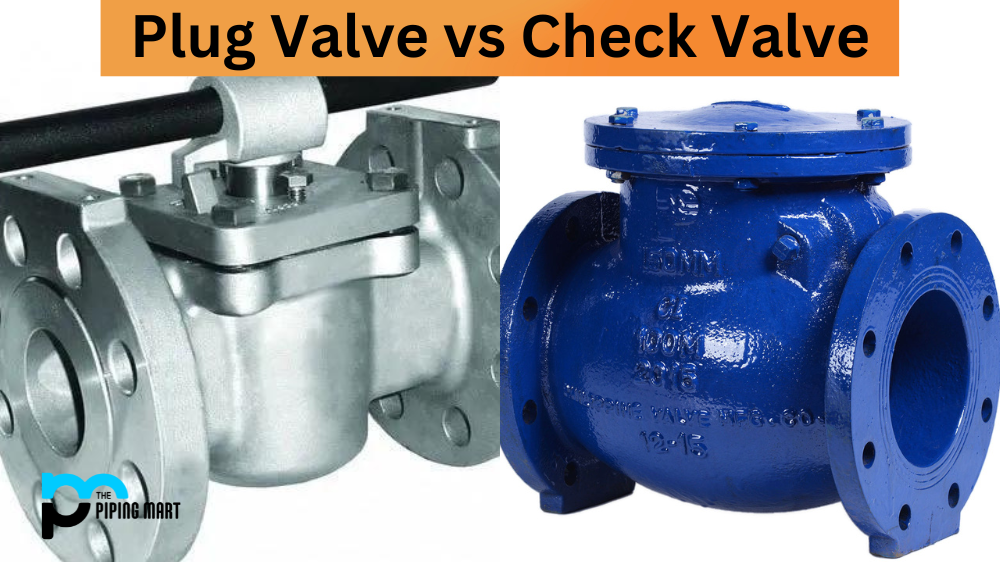Types of steel
Four major types of steel are available in the market on a wide range, these steels are, stainless steel, tool steel, alloy steel, and carbon steel.
Stainless steel: Stainless steel is one of the widely applicable steels in the market, having around 10 to 20 % chromium as the main alloying element with a shiny surface. Having great corrosion resistance along with remarkable properties like flexibility and formability. Stainless steel is mainly applicable in aircraft, rail cars, auto bodies, airport roofs, sculptures as well as monuments, bridges, surgical implants, hemostats, cookware, cutlery, kitchen sinks, etc.
Tool Steel
The name itself indicates the properties of this steel, tool steel is generally used for making metal tools like hammers, this steel is considered as resistant to both heat and scrape. Tool steel contains elements like tungsten, molybdenum, and cobalt. Having great durability and resistance to heat. Normally applicable in the processes like slitting of steel coils to make strips, forming, shearing, stamping, and cutting of plastics and metals.
Alloy Steel
Alloy steel is a mixture of various metals such as aluminum, copper, and nickel. This steel is economic and has good corrosion resistance and has wide applications in mechanical projects, ship hulls, pipelines, and some car parts. Alloy steel is commonly used in various industries on large scale such as wires, rods, rails, bars, structural sections, griders, power transmission gears, and shafts, and other structural parts in various industries due to its properties alloy steel is considered as one of the reliable material for applications in industries with various corrosive environments.
Carbon steel
Carbon steel is vulnerable to corrosion, having three subtypes. High carbon steel with 1.5% of carbon, medium carbon steel with 0.60% of carbon, and low carbon steel, also known as mild steel has around 0.30% carbon contents. Having thermal conductivity of 49.8 W/mK (metric) and 346 BTU in/hr.ft².°F (imperial).
Mild steel
Mild steel is not alloy steel and therefore it doesn’t contain a large amount of elements like molybdenum, chromium, and other alloying elements. Due to its low carbon properties, this grade of steel is different from other higher carbon steels as well as alloy steels. Mild steel is typically more machinable, weldable, and ductile than other steels due to its low carbon components. Also due to lack of alloying elements, mild steel can be oxidized if not coated properly. Also, the high amount of ferrite and iron makes it magnetic. Qualities like machinability, weldability, and affordability make mild steel preferable in various fields and industries on large scale. Also, it is nearly impossible to strengthen and harden during heating and quenching.
Chemical composition of mild steel
- Carbon, C – 0.25 – 0.290%
- Copper, Cu – 0.20%
- Iron, Fe – 98.0%
- Sulfur, S – 0.050%
- Silicon, Si – 0.280%
- Phosphorous, P
- Manganese, Mn – 1.03%
Common Applications and Uses of Mild Steel
Mild steel has applications and uses in many fields and industries on a wide range such as, welded, riveted, or bolted construction of bridges, oil rigs, and buildings, in the formation process of machinery parts, frames, agricultural equipment, automotive equipment, brackets, stakes, ornamental works, forgings, base plates, cams gears, sprockets, jigs, templates, rings, fixtures, bearing plates, bins, tanks, trenches, boat landing ramps, walkways, parking garages, nails, fencing, wire, cutlery, cookware, decorations, furniture, automobiles, signs, structural steel, cars, food cans, poles, tubes which are ideal for applications in coastal regions for making rafter systems, purlins, sheds, grills, gates, scaffolding, plumbing, electric poles, greenhouse structures, construction of bus bodies, solar power plants, windmills, etc.
Advantages of Mild Steel
Due to low carbon components, mild steel has various advantages and benefits like high tensile strength, good impact strength, good malleability with cold-forming possibilities, due to its ferrite content it is a magnetic metal, remarkable weldability, and ductility. Economic/cheaper in cost, can be easily carburized, recyclable and many other excellent qualities which make mild steel one of the preferable material in the market for various applications in a wide range of industries.
General forms of Mild Steel supplied in the Market
Mild steel is supplied generally in various forms like channels, angles, H – beams, I – beams, circular rod, square bar, rectangle bar, nails, fencing, wire, T – section, box section, flat, telescopic tube, angle, coverings, joists, elbow, plates, turnbuckles, racks, wall shelves, MS collars, girders,
Difference between Mild steel and Higher Carbon Steel
Mild steel is considered as mildest carbon steel having a comparatively low amount of carbon, in some cases, mild steel has elements like silicon, manganese, and trace amounts of phosphorus. Mild steel is considered as the most widespread range of steel, applicable approximately in 85% of all steel products.
Higher carbon steel usually has a carbon content of about 0.50 – 1.70% by weight. Carbon steel has additional strength due to an increase in carbon percentage. Also, it is considered economic steel. Due to the addition of more carbon steel get brittle and less ductile, also it has a wide range of applications in various fields due to relatively low manufacturing price.

Pipingmart is B2B portal specializes in industrial, metal and piping products. Also, share latest information and news related to products, materials and different types grades to help business dealing in this industry.




